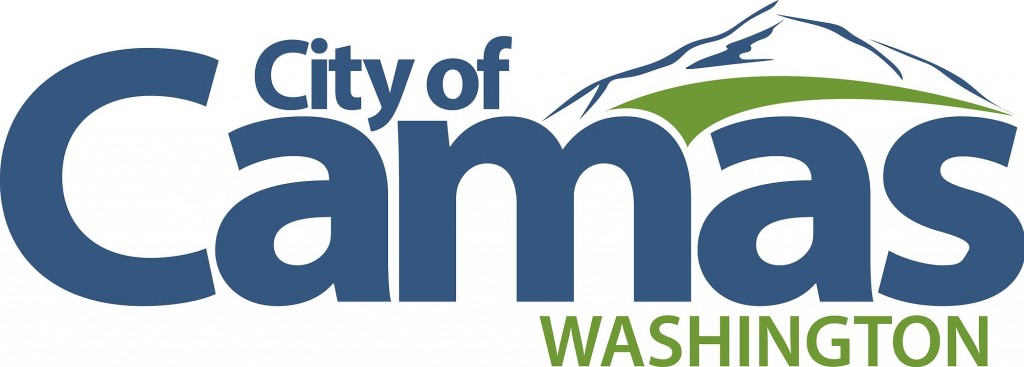Citizens who are unable — or unwilling — to attend the Monday night meetings of the Camas City Council at City Hall now have quick access to live and archived video of those events.
Real-time online video streaming of the twice-monthly City Council meetings and workshops, as well as archived videos of past meetings since Oct. 1 — all integrated with the agendas — are available at the click of a mouse through the city’s website: www.cityofcamas.us.
The technology upgrades have led to some visible changes inside the council chambers at City Hall where there are now several video cameras capturing meeting discussions, an updated audio sound system, two 60-inch flat screen monitors for use during presentations, and a mini video control center where the system can be regulated by city staff.
Councilwoman Shannon Turk said the improvements provide the public with greater overall access.
“The core benefit will be that [citizens] are able to have real time information, if they don’t have time to come down to a council meeting,” she said. “They are able to go back to see what we were doing and the discussion we had. I think it will help out with having people understand the decisions we make.”
Camas Mayor Scott Higgins and all members of the City Council also now use iPads to conduct city business at and away from City Hall, in part in an effort to move to a paperless system when it comes to meeting agendas and supporting documentation.



